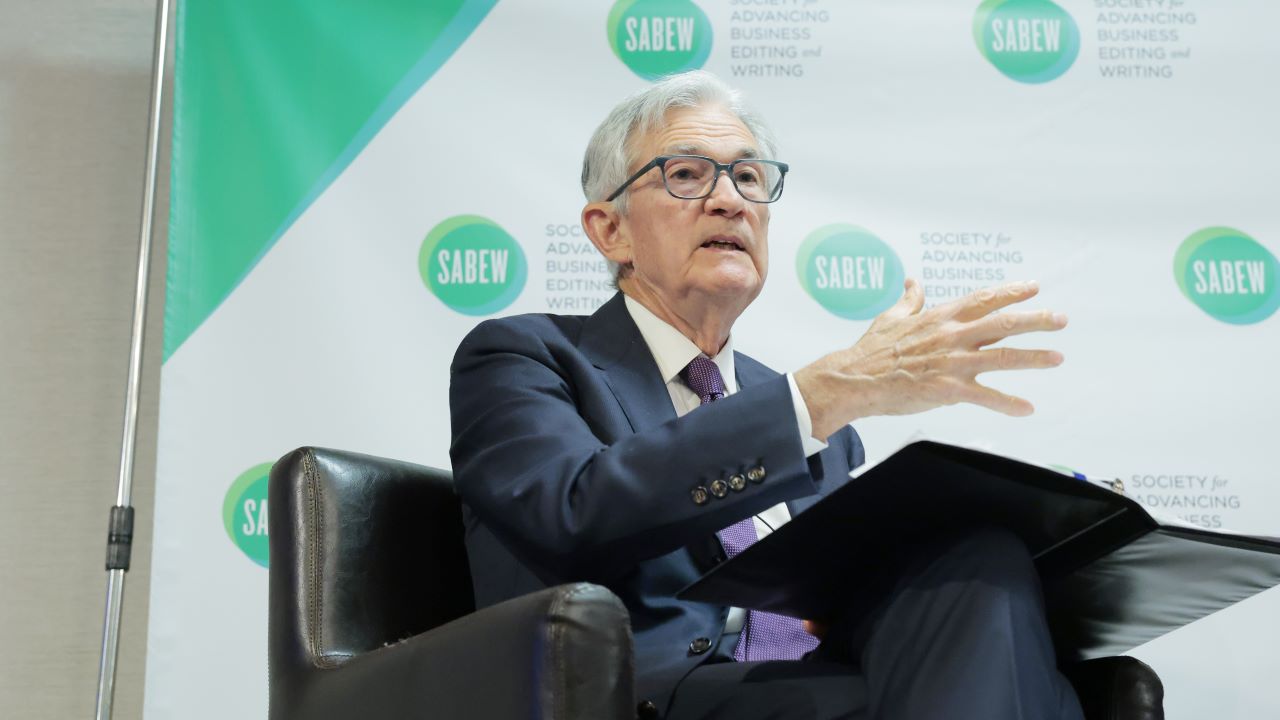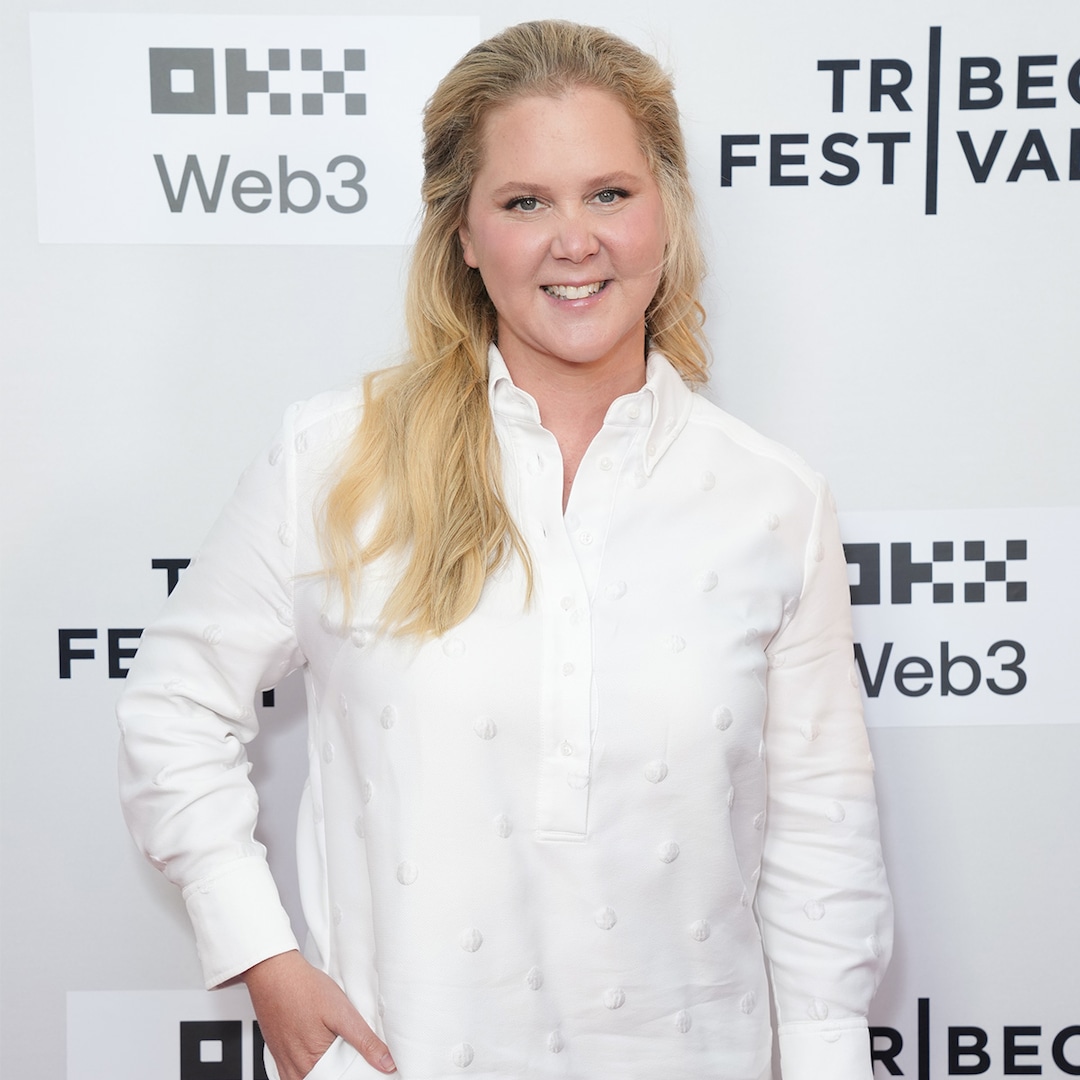Fed expected to cut rates for first time in 2025 amid Trump pressure

The Federal Reserve is expected to announce its first interest rate cut this year on Wednesday despite signs of tariffs pushing inflation higher amid rising concerns about the labor market.
Policymakers on the Federal Open Market Committee (FOMC) are expected to cut the benchmark federal funds rate by 25 basis points, the first since December 2024, which would lower the target range to 4% to 4.25%.
Markets have priced in a cut, with the CME FedWatch tool showing a 96% chance of a 25-basis-point cut and a 4% probability of a larger 50-basis-point cut.
Fed policymakers have been monitoring economic data as they consider adjusting monetary policy in support of their dual mandate to promote maximum employment as well as stable prices in line with the Fed's longer-run 2% inflation target. The September meeting comes as both of those goals are under pressure.
INFLATION REMAINED STUBBORNLY HIGH IN AUGUST AS FED WEIGHS RATE CUTS
The latest jobs reports from the Bureau of Labor Statistics have shown weakening job creation, with the most recent release showing just 22,000 jobs added in August, with a slight upward revision leaving July's figures at 79,000 and a downward revision to June showing the economy shed 13,000 jobs that month.
The Fed's preferred inflation gauge, the personal consumption expenditures (PCE) index, has trended further away from the Fed's 2% target since this spring. Since PCE inflation fell to 2.2% year-over-year in April, when core PCE also declined to 2.6%, both figures have trended higher as headline PCE rose to 2.6% in July while core PCE inflation rose to 2.9%.
Another popular inflation metric, the consumer price index (CPI), rose in August to 2.9% from the previous year, with core CPI inflation up 3.1%.
US JOB GROWTH THROUGH MARCH REVISED LOWER BY 911K
With both sides of the dual mandate showing signs of weakness, Federal Reserve Chair Jerome Powell has said that in such situations, policymakers would assess whether the labor market or inflation is further away from target and focus on whichever element is in worse shape.
That dynamic, coupled with weaker than expected labor market data, has led to expectations of a rate cut despite signs of inflation rising.
The Fed's anticipated first interest rate cut of the year comes amid an intense pressure campaign by the Trump administration aimed at pushing the central bank to lower rates in a bid to boost the economy and potentially lower interest rates on the national debt.
AMERICANS HIT RECORD LOW CONFIDENCE IN FINDING NEW JOBS SINCE TRACKING BEGAN IN 2013
Fed policymakers have debated whether President Donald Trump's tariffs will ignite persistent inflation or will instead represent a one-time shift in the price level.
During a panel discussion on monetary policy earlier this summer, Powell was asked whether the Fed would have cut interest rates more by now if it weren't for the tariffs spurring inflation concerns.
"I think that's right," Powell said. "In effect, we went on hold when we saw the size of the tariffs and where, essentially, all inflation forecasts for the United States went up materially as a consequence of the tariffs."
GET FOX BUSINESS ON THE GO BY CLICKING HERE
Two FOMC members dissented from the Fed's decision in July to hold interest rates steady. Fed Governors Michelle Bowman and Christopher Waller each authored dissents calling for 25-basis-point cuts at that meeting, marking the first time since 1993 that two Fed policymakers have dissented in favor of rate cuts.
















































